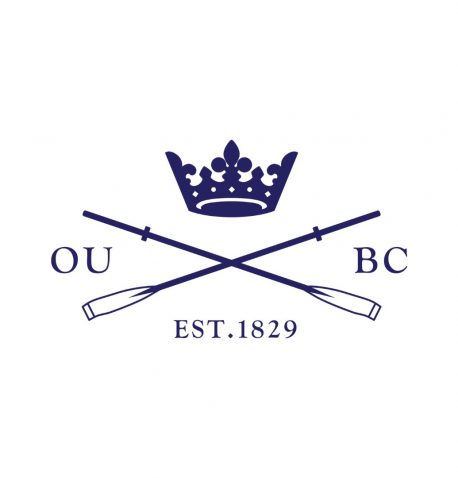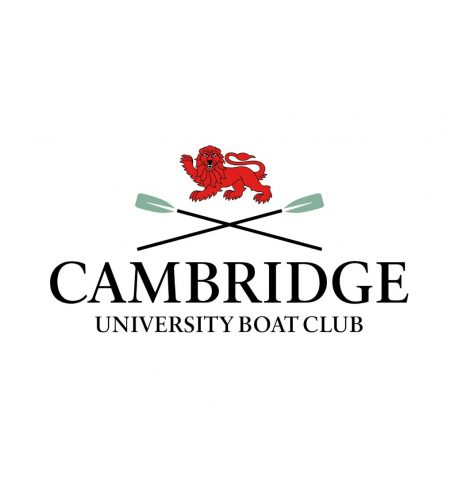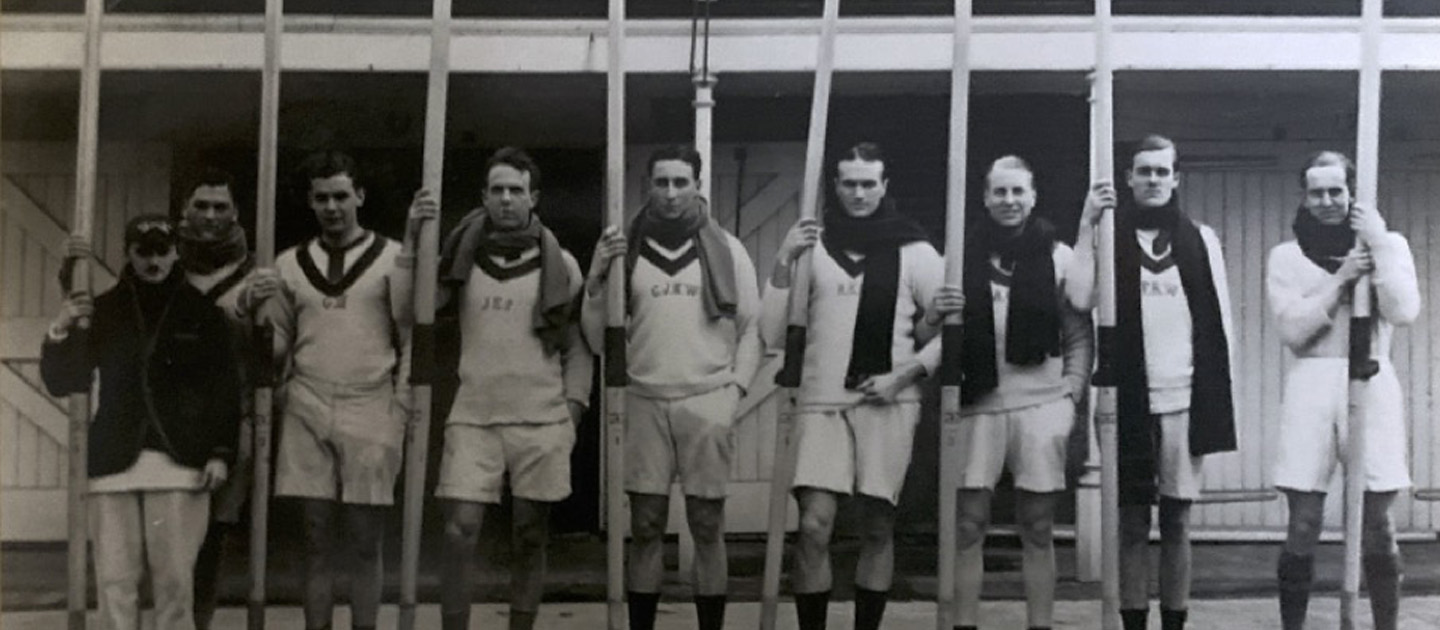Tim Koch of heartheboatsing.com on the latest twist in a one-hundred-year-old mystery, and the rowing credentials of both men.
Last month, a little over one hundred years after George Leigh Mallory and Andrew Comyn ‘Sandy’ Irvine died in an attempt to scale the 29 035 foot high Mount Everest in June 1924, part of what is presumed to be Irvine’s remains, including his named sock, were found emerging from melting ice on the Central Rongbuk Glacier, just below the north face of the mountain, by a National Geographic documentary team.
The pair were last seen alive on 8 June 1924 less than four thousand feet below the summit. If they had succeeded in reaching the highest point on Earth, it would have been twenty-nine years before Edmund Hillary and Tenzing Norgay officially conquered Everest in 1953.
The unanswered question remains: did Mallory and Irvine perish before or after they reached the top?
The discovery of part of Irvine’s remains could be the first step to finding the rest of his body and the camera that he had on him. If the camera film could be recovered and developed (and it’s a gigantic ‘if’), it could provide the only definite proof that the two succeeded in their goal before their tragic death.
Followers of the Boat Race may be familiar with Irvine as a double Oxford rowing Blue. George Mallory was also a rower, representing Magdalene College, Cambridge between 1906 and 1908 – including a stint as Captain of the Boat Club. He also competed for his college at Henley Royal Regatta in 1908.*

Photo: Mallory rowing at seven for his college in the 1907 Lent Bumps; reproduced with permission of the Master and Fellows of Magdalene College, Cambridge.
Born in 1902, Andrew Irvine attended Shrewsbury School and was selected for the First Eight in 1917 when he was only 15. His most notable school win was the equivalent of the Ladies Plate at the Henley Peace Regatta of 1919, which was known as the Elsenham Cup For Schools and Colleges.
Going up to Oxford in January 1922, Irvine rowed for his college, Merton, and was rapidly selected to row in the 2 seat in Oxford’s 1922 Boat Race crew, despite having missed December’s Trial Eights.
He had put on a stone in weight since 1919. The Official Boat Race Centenary History is harsh on the 1922 race:
“…it was immediately evident to all that Cambridge were decidedly the better crew. They were soon clear at the Mile, two lengths ahead at Hammersmith and, rowing well within themselves, won comfortably by four-and-a-half lengths…”
In light of his tragic death two years later, it is eerie to view this silent, black and white British Pathe video of the 1922 Boat Race. You can clearly see blonde-haired Irvine carrying the boat in the 2 seat position.
In the 1923 Boat Race, Irvine sat at 3 in the Oxford boat. They had a poor start but soon moved ahead and at the Mile Post had a quarter-length lead which they extended to three-quarters of a length at Hammersmith Bridge. Spurting soon after, Oxford began to draw clear. Cambridge fought back at Barnes Bridge but, even with the bend in their favour, could not move ahead, and lost by three-quarters of a length.
The Times on 26 March 1923 reported that the closest Boat Race in recent times went to the Dark Blues because of their “superior racing qualities”, but noted the close racing saw both crews lose technique due to effort, including Irvine: “Irvine was inclined to miss the beginning of the stroke and his blade did not cover much water.”
In a difficult period for the Dark Blues, this victory was their only win between 1913 and 1937.
Irvine made two attempts at Henley Royal Regatta with Merton College crews while at university but both ended in the first round. In 1922, he was at 3 in a coxless four in the Visitors’ which hit the booms. The next year, he stroked a pair in Henley’s Silver Goblets but lost by a length. Had he not gone on the Everest Expedition, Irvine would almost certainly have been selected for the 1924 Boat Race and would probably have been chosen as President of the Oxford University Boat Club. His final service to OUBC was to coach Trial Eights crews in the last three months of 1923.
In 2014, William O’Chee produced two-part post on Irvine on heartheboatsing.com titled From Oxford To Everest.** O’Chee concludes: Whatever happened (on their final day), Mallory and Irvine probably climbed higher than any human beings before them. So close did they come to the Nepalese goddess of the sky, Sagarmatha, that they passed into legend like gods.
*George Mallory’s letters to his wife are held in the archive of Magdalene College, Cambridge, and have been digitised. They can be read here.
** Part 1: https://heartheboatsing.com/2024/06/08/from-oxford-to-everest-part-i/
Part 2: https://heartheboatsing.com/2024/06/09/from-oxford-to-everest-part-ii/comment-page-1/
Byline: Tim Koch
Video Credit: British Pathe
Other Credits: The Times, 26 March 1923



